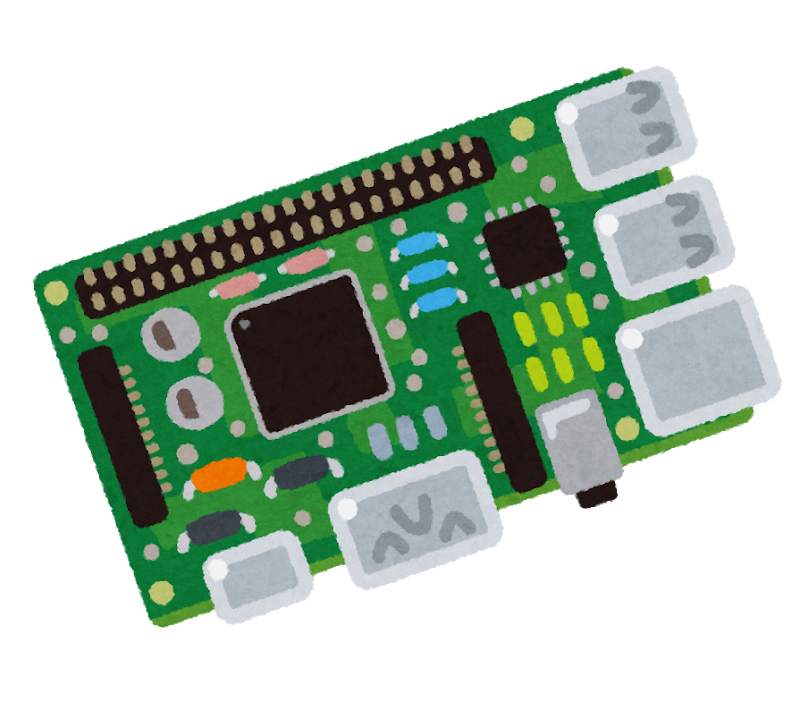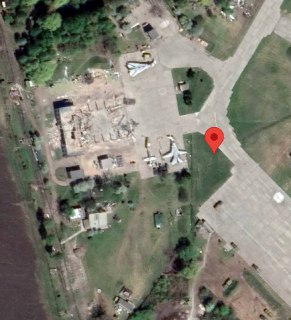NATO isn’t stupid. As a whole, they don’t want to invade Russia. They are there to deter future territorial land grabs
Non-aggression statement dispelled
on September 18, 2024:
https://www.uawire.org/estonia-signals-readiness-to-preemptively-strike-russia-to-defend-nato
Nobody defined what Russian preparation for aggression looks like.







European consumer price index (CPI) rose 18% in last 2 years:
https://tradingeconomics.com/european-union/consumer-price-index-cpi
There is no public data after 2022 on happiness of EU population. How strange.